Experience: Death March
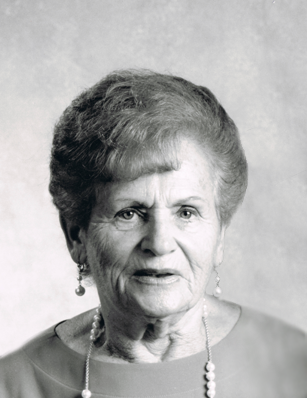
|
|
|
|
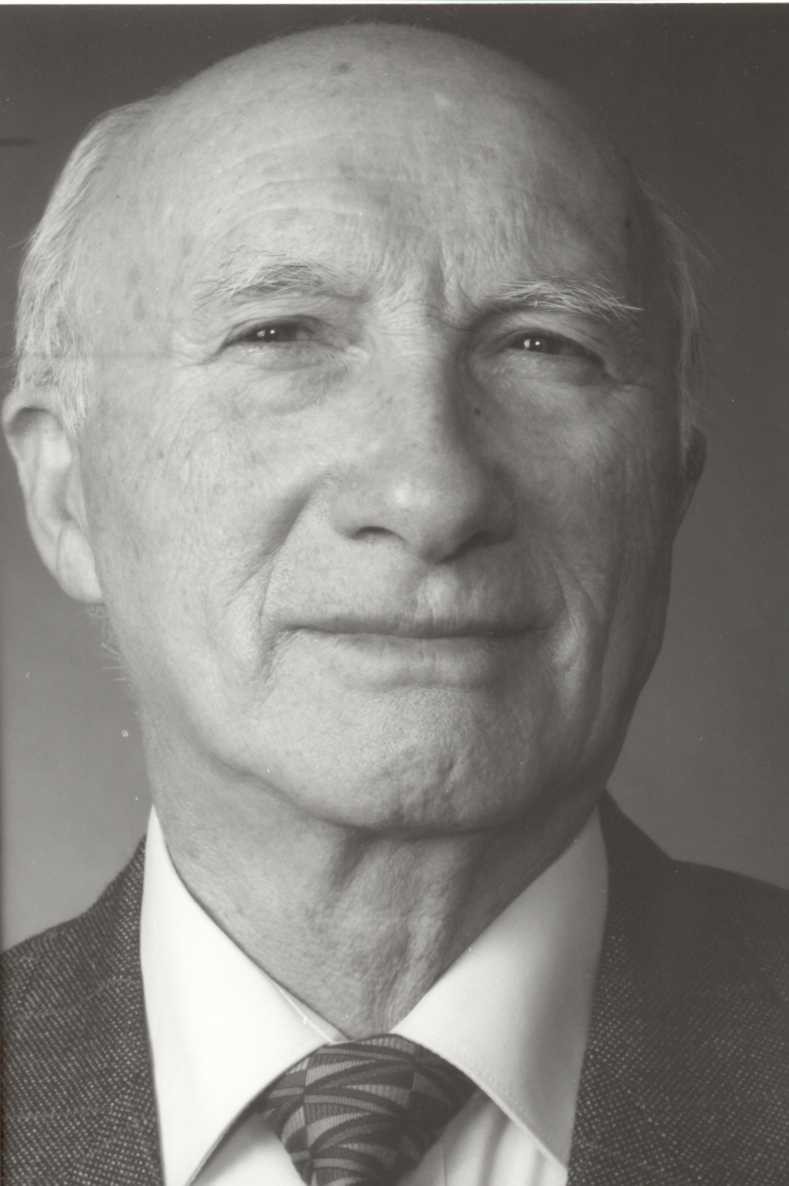
|
|
|
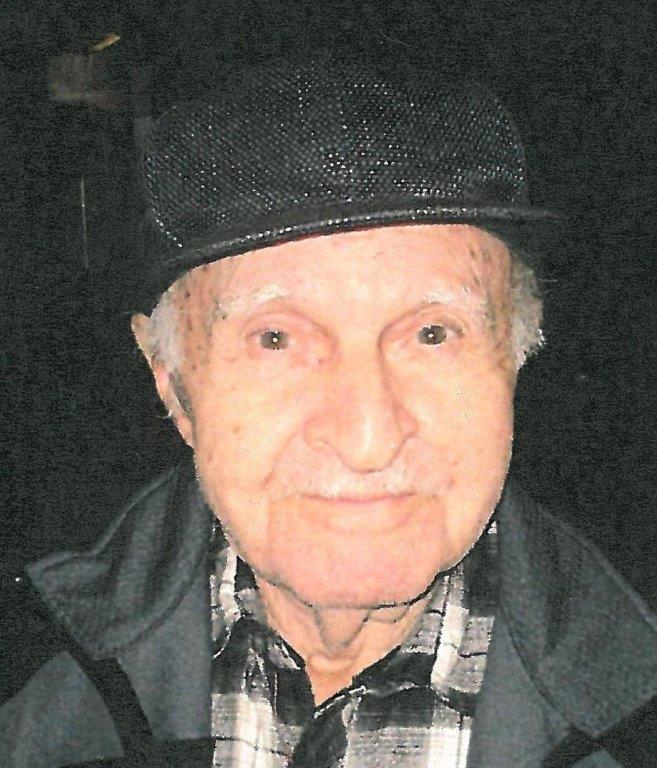
|
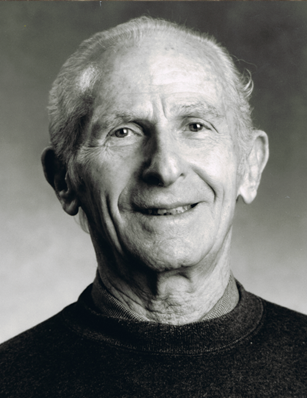
|
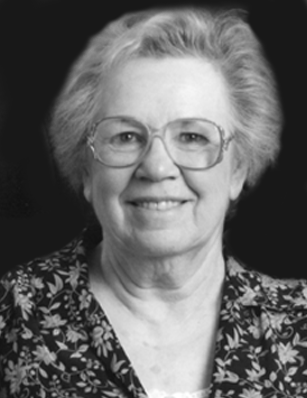
|
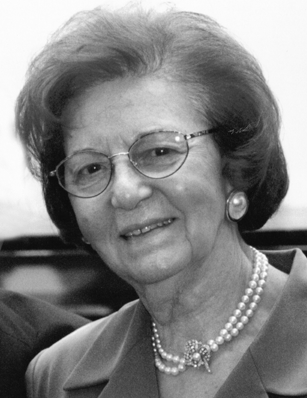
|
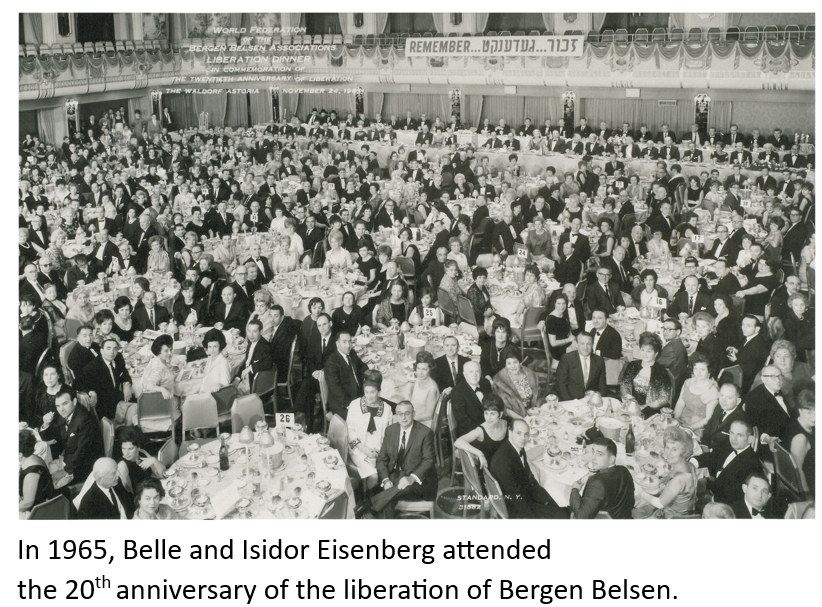
|
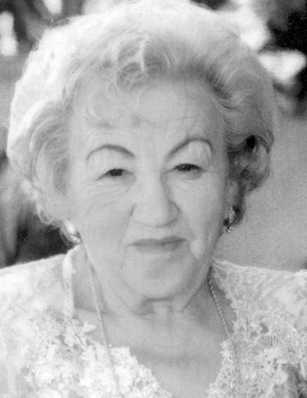
|
|
|
|
|
|
|
|
|
|
|
|
|
|
|
|
|
|
|
|
|
|
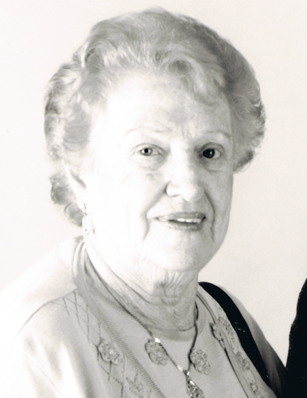
|
|
|
|

|
|
|
|
|
|
|
|
|
|
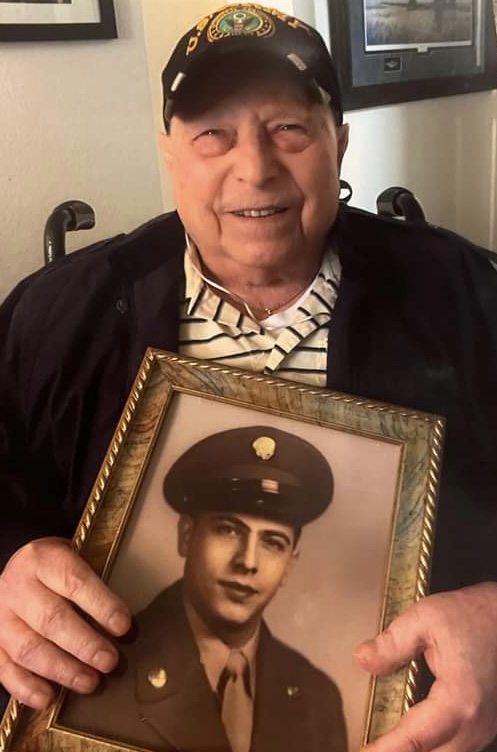
|
|
|
|
|
|
|
|
|
|
|
|
|
|
|
|
|
|
|
|
|
|
|
|
|
|
|
|
|
|
|
.png)
|
|
|
|
|
|
|
|
|
|

|
|
|

|

|
“[German: Todesmarsche] Death marches were the forced marches of prisoners over long distances, under unbearable conditions, during which the prisoners were abused by their accompanying guards and often killed. The Nazis conducted many death marches during the Holocaust, mostly near the war's end, following the evacuation of Concentration Camps. The term death march was used originally by prisoners in Nazi concentration camps and later employed by Holocaust historians.
“The first large-scale death march took place in the summer of 1941, following the German invasion of the Soviet Union. Hundreds of thousands of Soviet prisoners of war were forced to walk along the highways of Ukraine and Belorussia while being transferred from one camp to another. Masses of prisoners were murdered along the way, or at prearranged execution sites. Around the same time, Romanians (who were then German allies) marched Jews from Bessarabia and Bukovina to Transnistria. Thousands were shot along the way by the Romanian and German guards.
“Most death marches took place near the end of World War II. During the summer of 1944, as the Allies advanced in the west and the Soviets advanced in the East, the Nazis began liquidating the concentration camps in earnest. The first camps to be emptied were those in eastern and central Poland and in the Baltic States.
“That fall, Nazi leaders decided to expedite the deportation of the Jews of Budapest to their deaths. A death march from Budapest commenced on November 8, 1944. 76,000 Jewish men, women, and children were forced to walk to the Austrian border, accompanied by Hungarian guards. The march lasted a month, during which time thousands died from starvation, disease, exhaustion, and cold. Thousands more were shot along the way. Several hundred were rescued by neutral diplomats like Raoul Wallenberg from Sweden, who pulled Jews out of the marching lines, took them into his custody, and accompanied them back to Budapest. Most were not so lucky, though–those prisoners who reached the Austrian border were turned over to German soldiers, who led them to various concentration camps, such as Dachau and Mauthausen.
“During the winter of 1944--1945, the Germans knew that they had essentially lost the war. This led them to evacuate the Polish concentration camps and force-march their prisoners to Germany. The Jews themselves lived in constant fear of being murdered during the final stages of the war, as they were no longer needed for work.
“On January 18th, 1945, the evacuation of Auschwitz and its satellite camps commenced. About 60,000 mostly Jewish prisoners, were marched to Wodzislaw (called Loslau in German), where they were placed on crowded freight trains and shipped to other concentration camps further west, such as Gross-Rosen, Buchenwald, Dachau, and Mauthausen. At least 15,000 people died or were killed on this particular death march.
“Three days later, on January 21, 4,000 prisoners, mostly Jews, were sent off from the Hblechhammer camp. During that month, the Germans also began to empty the Stutthof camp complex–a network that at that time held 47,000 prisoners, over 35,000 of them Jews, most of them female. A total of 7,000 Jews, 6,000 women, and 1,000 men were force-marched for 10 days. Seven hundred were murdered en route. Those who survived the march itself arrived at the Baltic Sea on January 31. That very day, the Nazis pushed the remaining prisoners into the sea and shot them–only 13 survived.
“The evacuation of the main camp of Gross-Rosen and its sub-camps began in February 1945. Altogether, 40,000 prisoners were marched off, and thousands were murdered along the way. In February, the 20,000 Jewish prisoners who worked in the Forced Labor camps at Eulengebirge, were either murdered right before the evacuation or during the death march away from the camps.
“Throughout March and April 1945, as the war drew to a close, the Nazis evacuated camp after camp, sending at least 250,000 of their 700,000 concentration camp prisoners on death marches. Some of those marches lasted for weeks, causing thousands of deaths along the highways of western Austria and central Germany. Often, the prisoners would be marched on foot part of the way and then crowded onto trains–70 people to a car–where they were denied food and water.
“On April 6, 1945, the evacuation of the main Buchenwald camp commenced. 3,100 Jewish prisoners were marched off, of whom 1,400 were murdered en route. Over the next four days, another 40,000 prisoners were evacuated from the camp, of which 13,500 were killed. Just over 20,000 prisoners remained in the camp, including a few Jews. One of the remaining Buchenwald sub-camps to be emptied was Rehmsdorf, which was evacuated on April 13. Over 4,000 prisoners left the camp, but no more than 500 survived through the end of the march. The Dora-Mittelbau camp evacuation also started in April. Most of the camp's prisoners were marched for two weeks towards Bergen-Belsen. One group of prisoners was forced into a barn that was then set on fire. American troops arrived the next day to discover hundreds of burnt bodies.
“By the end of April, the Nazis had initiated death marches from Flossenburg, Sachsenhausen, Neungamme, Magdeburg, Mauthausen, Ravensbrueck, and from several of the Dachau sub-camps. During those marches, which lasted literally until the day of the Nazi surrender two weeks later, tens of thousands of prisoners died or were executed. Those who fell behind or stopped to rest, even for a moment, were shot. In one instance, thousands of mostly Hungarian prisoners were buried along a short 37-mile stretch of road between Gunskirchen and Mauthausen. In all, an estimated 200,000-250,000 concentration camp prisoners were murdered or died on the forced death marches that were conducted throughout the last ten months of World War II, 25% to a third of them Jews.”
Accessed on July 19, 2011
Accessed on July 19, 2011
Accessed on July 19, 2011
Accessed on July 19, 2011
Contact us
thank you!
Your application is successfuly submited. We will contact you as soon as possible
thank you!
Your application is successfuly submited. Check your inbox for future updates.